Choosing the right color palette neutrals is an important step when creating your color palette.

Have you ever gone on Pinterest, looked up a capsule wardrobe, and everything that pops up is full of neutral colors? That’s because neutrals are super important. They are a true powerhouse in your wardrobe.
Let’s talk all about choosing the best neutrals for you and creating them in your color palette.
Color analysis and color palettes are part of this really powerful system for building your wardrobe. I talked about signature colors before and maybe I should have started with the neutrals because neutrals are the true building block of your wardrobe.
Neutrals can seem boring and I know some of you will say, “Give me all the neutrals. I love neutrals.” But for as many of you who love the neutrals are as many people who say, “Give me all the colors.” It’s great to see how we’re all different and we have different perspectives and different choices.
In fact, neutrals are a great place to really focus your energy and build your wardrobe.
When I first started learning about how to create a wardrobe that made sense, cohesive color was the first place that I started. I learned so much about what was wrong with my wardrobe by starting to look at my neutrals. I only ever wore two, maybe three neutrals: black, white, and denim. That was the range of my neutrals.
Neutrals cover so many different categories of color when you really think about it. There are so many more options out there, and I know that I’m probably not the only one who has abandoned all the options in favor of just black, all black all the time.
Are you ready to learn how to choose a set of core neutrals for your wardrobe?
Table of Contents
Color Palette Neutrals Tip #1: Neutrals should make up 50-70%
First, let’s talk about why this is really important. I already told you about how capsule wardrobes on Pinterest are full of neutrals. What’s most common to see is black, white, beige, and denim.
Those are great, a very classic set of neutrals that you can use. Not everybody loves those neutrals and not everybody finds those neutrals to be flattering on them.
Remember that neutrals should make up 50 to 70% of your wardrobe. And I use this range because there is a different type of personality set that wants 50% neutrals and 50% color versus somebody who wants 70% neutrals and 30% color. Let this range be the determining factor in how many neutrals you actually need in your wardrobe.
Neutrals should be the majority of your wardrobe, whether it’s an even split majority, maybe 51/49, or more than 70, something like 80/20.
This is important. You can’t skip this part of your wardrobe, you can’t jump past it, hoping to add some fun colors and expect everything else to feel cohesive because your neutrals ground everything else.
When you take the time to really choose neutrals that are appropriate for you, your coloring, your skin tone, and the rest of your wardrobe, it actually creates a foundation for you to create outfits that look really good together.
It allows you the foundation to choose shoes and accessories that go well across your entire wardrobe and you don’t end up with a lot of outliers that don’t make sense.
There are four different neutrals that you absolutely should have in your wardrobe. I’m going to explain each one of them in depth a little bit and give you some options for each choice.
Color Palette Neutrals Tip #2: Choose a Primary Dark Neutral
Let’s start with black, also called a primary dark neutral. This will be the color in your wardrobe that functions as your black. Now, many of you have defaulted to black because it’s simple. You can easily find it even though you know that it’s not the most flattering color that you wear.
Here’s the thing I want you to know: I’m never going to tell you to get rid of black in your wardrobe.
However, for some of you that have fair skin tones or lower-contrast, black is definitely not doing you any favors. I would encourage you to keep your black from the waist down. Don’t put it near your face, keep it below the waist.
If you need to choose a primary dark neutral, and black is not it for you, the most common options that you’re going to find are going to be deep charcoal, deep brown, or navy. Those are the most common that you see the easily available to purchase for a dark neutral.
While these are common color categories of neutrals, you can actually take any color on the color wheel and take it to its darkest value before it becomes black. This can be a great option for a dark neutral.
Think about the color green. If you go really, really dark, you’re looking at a green that’s almost a black. This may be a warm-tone green, like a deep, deep olive, or it could be a cool-tone green like a deep rainforest.
This can be a great neutral to have in your wardrobe. Another option would be in the purple family, you can take purple all the way to its deepest color before it turns black and you get a very, very dark eggplant, nearly black.
You can do the same thing with red and you get the color oxblood, which is often considered to be a neutral in many wardrobes.
Don’t get stuck on thinking that it has to be black or it has to be navy. Those do work well, especially with this being your primary dark neutral or your black stand-in.
You may want to choose something that you can easily find in most stores, but don’t feel like you have to be stuck in this box that you can’t choose some things outside of the typical range.
Color Palette Neutrals Tip #3: Choose a Primary White Neutral
The second neutral is going to be your primary white neutral. What we’re looking for here is a neutral that is very, very light that is going to function in your wardrobe as your white.
Now, just like with black, not everybody is suitable for this true optic white. It’s often too harsh for many people.
What you may find is that something like a soft white or even ivory is going to be a really common replacement for the white in your wardrobe.
If those feel too light for you, I would also encourage you to choose something like a deeper cream, bone, alabaster, or even something in the gray family, like a very, very light silver.

Color Palette Neutrals Tip #4: Choose a Medium Neutral
You have a dark neutral or black, and a light neutral or white. It’s time to take your wardrobe and expand it just a little bit by adding two more neutrals outside of that category.
The next neutral that I suggest that you add is going to be a medium neutral. I’m using medium broadly here because depending on your contrast level (or chroma as we call it in color analysis), you may find that medium neutrals don’t do you any favors.
Your medium neutral may be another dark neutral or light neutral instead. For example, I still stick with black and white. Those are my choice neutrals. But my medium neutral is either a deep deep charcoal, nearly black, or it’s a very, very light silver like I mentioned for the white.
The purpose of this neutral, however, is to bridge the gap between the dark neutral that you’ve chosen and the light neutral that you’ve chosen. So you can create outfits that have a bit of a tonal look to them, such as having a navy pair of pants and then a medium gray cardigan. This adds depth to your wardrobe by giving you a couple more neutral options.
Color Palette Neutrals Tip #5: Choose a Bonus Neutral
The fourth and final neutral that I’m going to suggest is what I typically call a bonus neutral. I call it that for a few different reasons.
The reason it’s a bonus is because when we’re looking at building the first three neutrals in your wardrobe, often I will tell people to stick within the same color family. For example, if you’ve chosen a dark gray for your dark neutral and a soft white for your light neutral and then you chose a medium gray for your medium neutral, everything is still within the gray color family.
You can do this with the brown family, or the blue family, or really any other color family that you want.
The reason for this bonus neutral is that I often have clients who like what I call color neutrals. These are colors that function as neutrals such as olive or blush, which were really popular for a few years.
Think about this neutral as being something different than what you chose originally. For me, my four core color palette is black, charcoal, gray, white, and navy is what I consider to be my bonus neutral because the reality is it’s a little bit of a different color family than black. Old conventional wisdom would tell you not to wear black and navy together, but I’ve actually found I totally love it.
You do want your neutrals to work together. So that is something to consider.
What would you want to have for your bonus neutral? Do you want to have a gray when you had browns across the rest of your neutral? Would you like to have a navy to go with your grays?
If you chose a bunch of blue-based neutrals, maybe you want that black in there. Maybe you’re keeping black in there as the bonus neutral to wear from the waist down like we talked about earlier.
This just gives you a little bit of extra range to your neutral color palette, but doesn’t leave you stuck with wearing all black all the time.
Final Thoughts on Color Palette Neutrals
I really want to encourage you, if you are a super lover of color like I used to be, please embrace the neutrals. They really give you such a great foundation for your wardrobe.
They are truly the powerhouse of it. Once you come to see how much they can create cohesion in your wardrobe and give you range in your wardrobe, you will come to love them almost as much as those people who say, give me all the neutrals all the time.
If you’re ready to create your own wardrobe color palette, you can download the free eBook and template here.
It uses this same system of four neutrals to build your color palette, plus how to add colors.
I want you to choose four core color palette neutrals. And once you’ve chosen them I have a second assignment for you, go to your closet and see how evenly they are dispersed in your closet.
Take a good long look at your closet and see how many approximately neutrals you have versus how much color. See if that ratio is somewhere in the 50 to 70% range.
If it’s not, you probably definitely need to invest in buying more neutrals for your wardrobe.
Do you have a ton of black and nothing else? It’s totally me! Do you have a range of maybe seven neutrals and you need to whittle it down a little bit?
Examine what you have and see if you have any holes or any outliers and really think about curating that neutral portion of your wardrobe to be something that suits you appropriately and really helps your wardrobe go to the next level.
Related Color Analysis Articles:
- Color Analysis and Personality
- Eye Patterns and Seasonal Color Analysis
- How to Determine Your Color Season
Use these 5 tips to create powerhouse color palette neutrals for your wardrobe.
Stacey is the owner and creator behind Radiantly Dressed. She is a certified image consultant and AICI member focusing on creating simplicity in wardrobes via color and style.

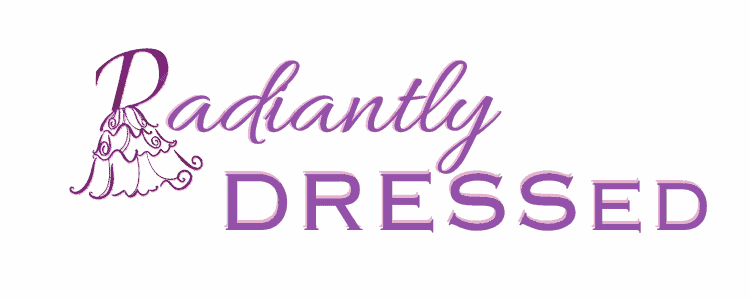
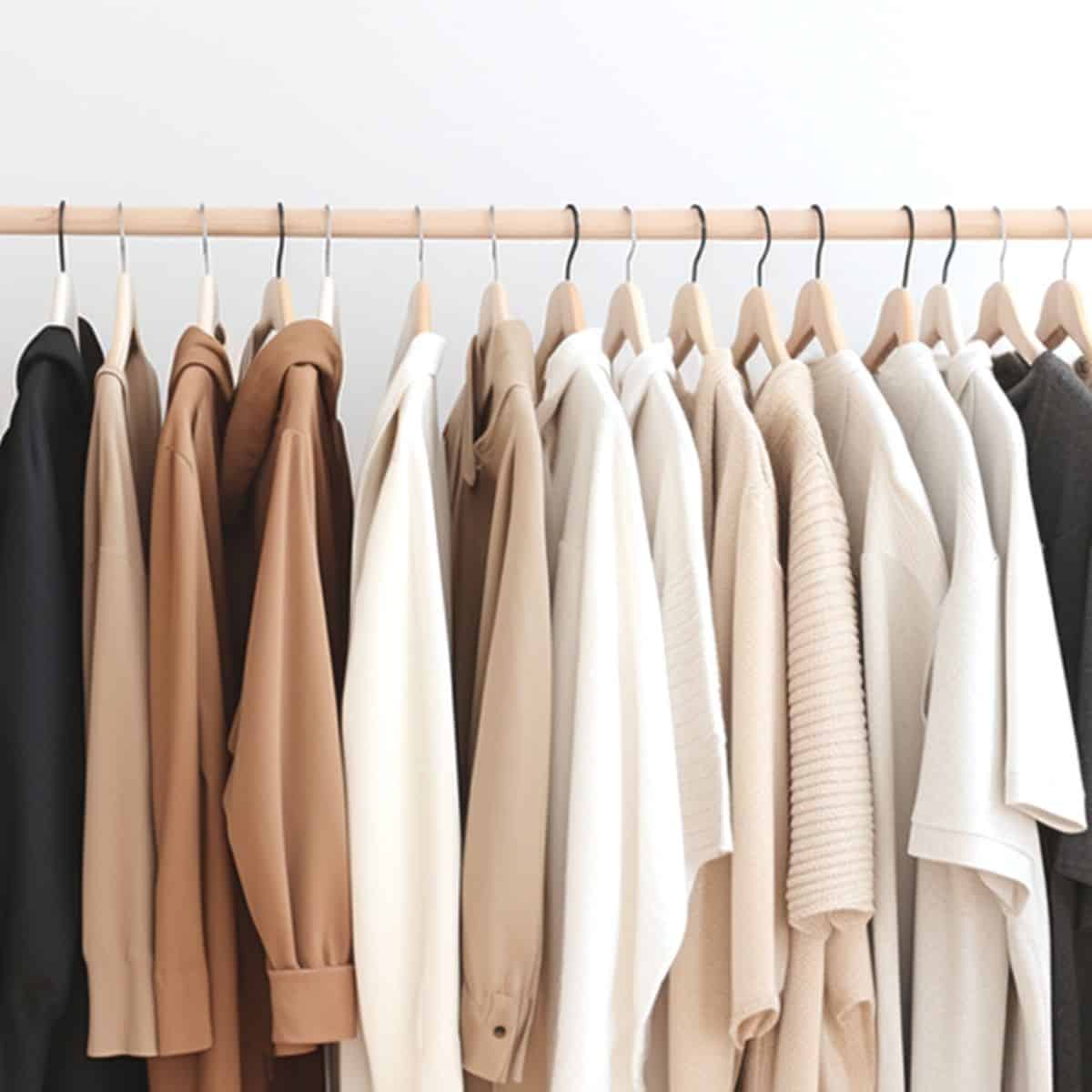


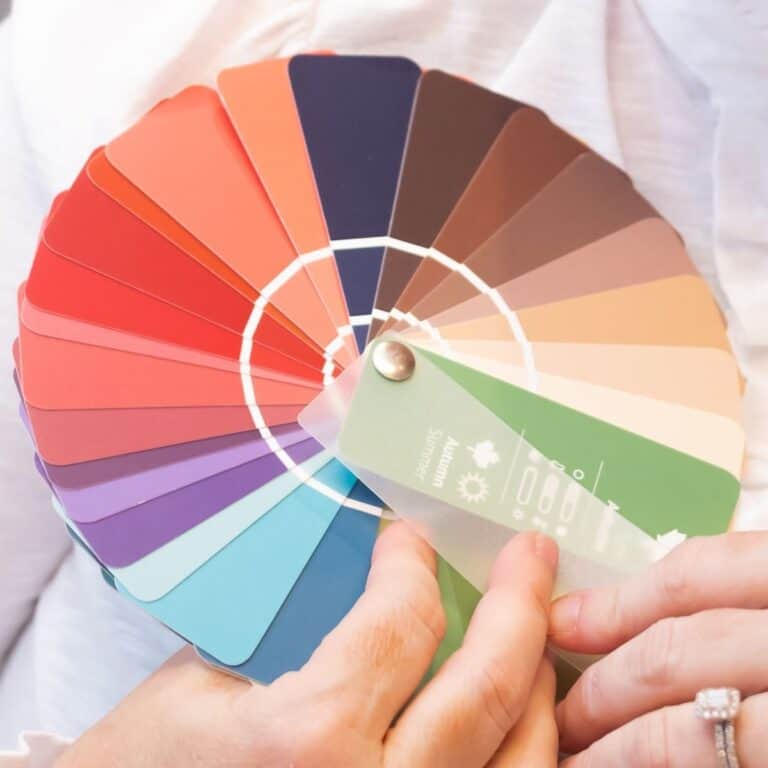
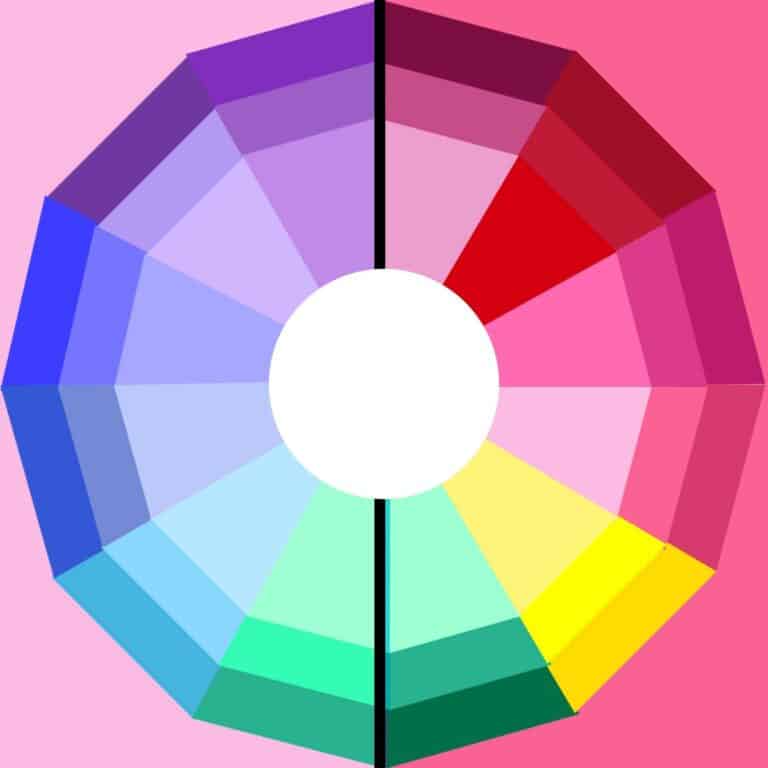


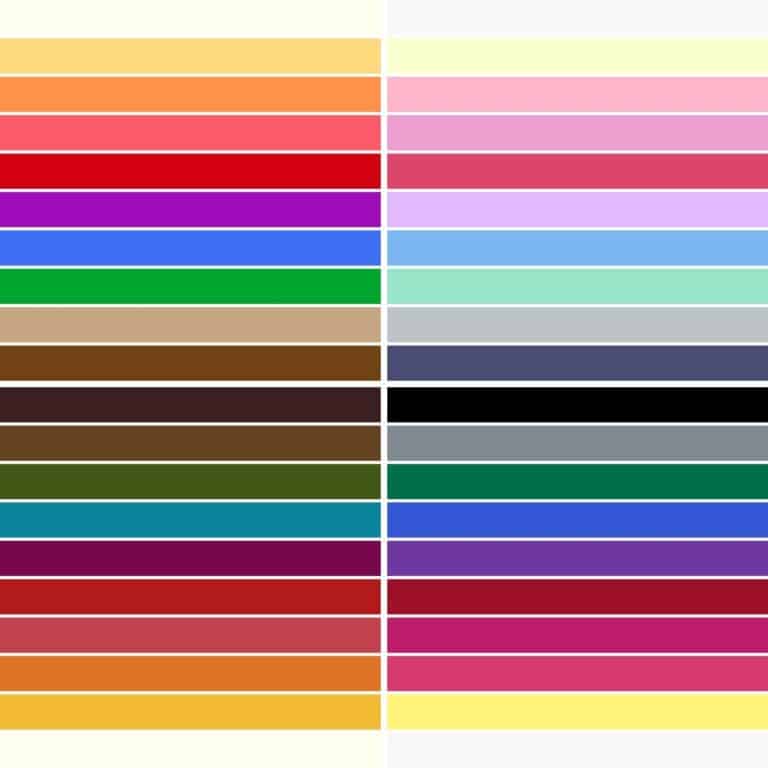











Hey! Stacey! I love all this ! So glad you are in my life! I am working with a Wellness coach(Thyroid) so weight is coming off and a new me is emerging! I will purchase more things soon! Love you girl!